MARec
Museo dell’Arte Recuperata
A project by Luca Santese, Nicola Patruno
(IT) Un viaggio attraverso le terre dell’Arcidiocesi di Camerino e San Severino Marche per raccontare, attraverso fotografie, un catalogo ed un documentario, il recupero delle opere d’arte delle chiese colpite dal terremoto e la nascita del MARec, Museo dell’Arte Recuperata.
Non sempre i cataclismi aiutano a preservare le testimonianze della creazione artistica, anzi, di solito le devastano, facendole scomparire per sempre: monumenti, affreschi, quadri, edifici civili, chiese.
Questo è ciò che è successo nelle terre dell’Arcidiocesi di Camerino e San Severino Marche, colpite assieme a molte altre dai terremoti del 2016 e del 2017. Qui la natura ha fatto il suo corso e l’uomo ha dovuto lottare innanzitutto per sopravvivere e poi per mettere in salvo ciò che gli è più caro.
Questa è la storia che vogliamo raccontarvi, la storia del salvataggio di migliaia di opere d’arte sommerse dalle macerie, dopo che la terra ha cominciato a tremare.MARec website
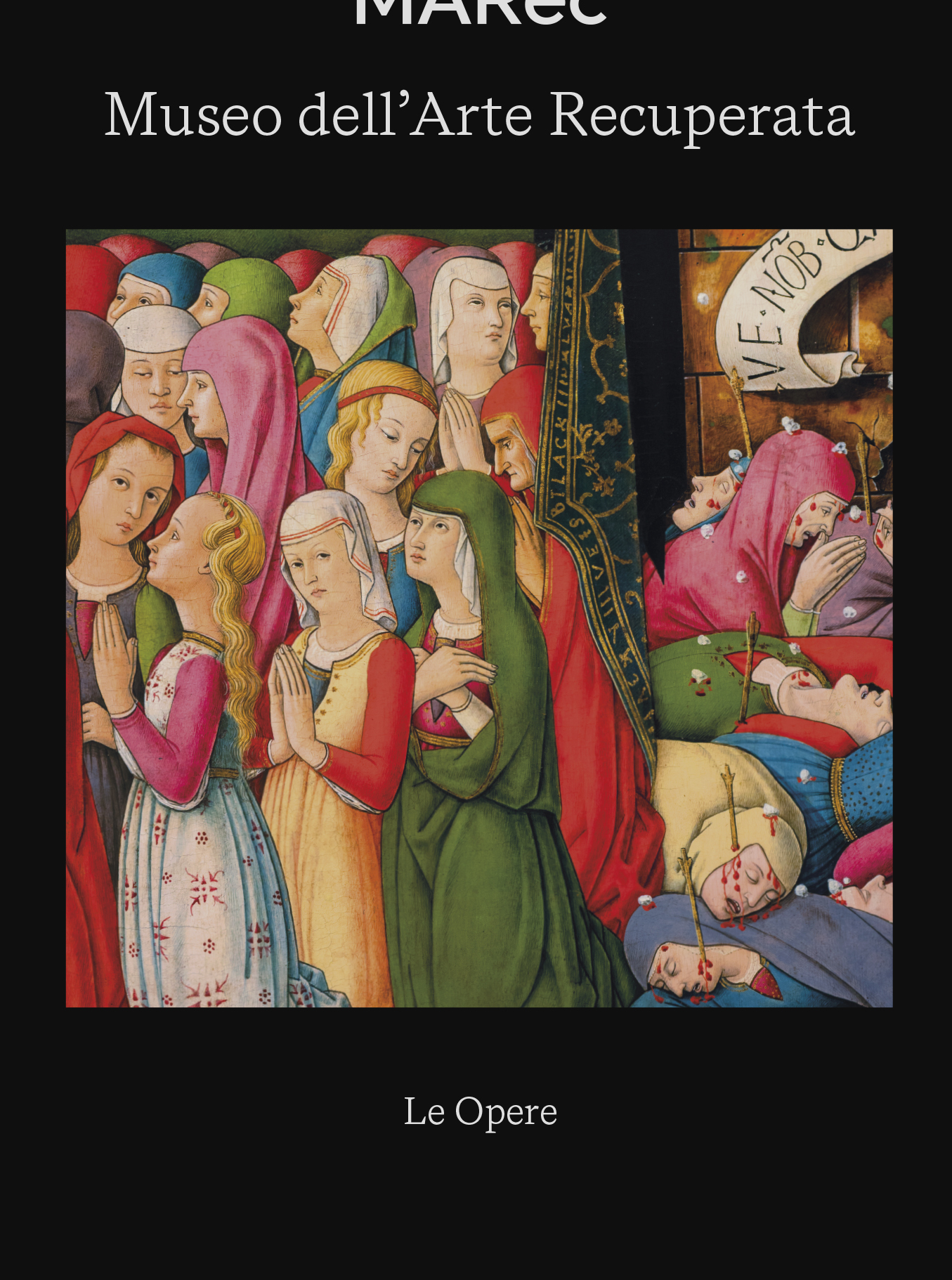
(MARec Catalogue Cover and spreads)

(EN) A journey through the lands of the Archdiocese of Camerino and San Severino Marche to narrate, through photographs, a catalog, and a documentary, the recovery of artworks from the churches affected by the earthquake and the establishment of MARec, Museum of Recovered Art.
Cataclysms don't always help preserve the testimony of artistic creation; on the contrary, they usually devastate them, making them disappear forever: monuments, frescoes, paintings, civil buildings, churches. This is what happened in the lands of the Archdiocese of Camerino and San Severino Marche, along with many others, struck by the earthquakes of 2016 and 2017. Here, nature followed its course, and humanity had to struggle first to survive and then to safeguard what is most dear to them. This is the story we want to share with you, the story of the rescue of countless works of art buried beneath the rubble after the earth began to shake.
Nicola Patruno
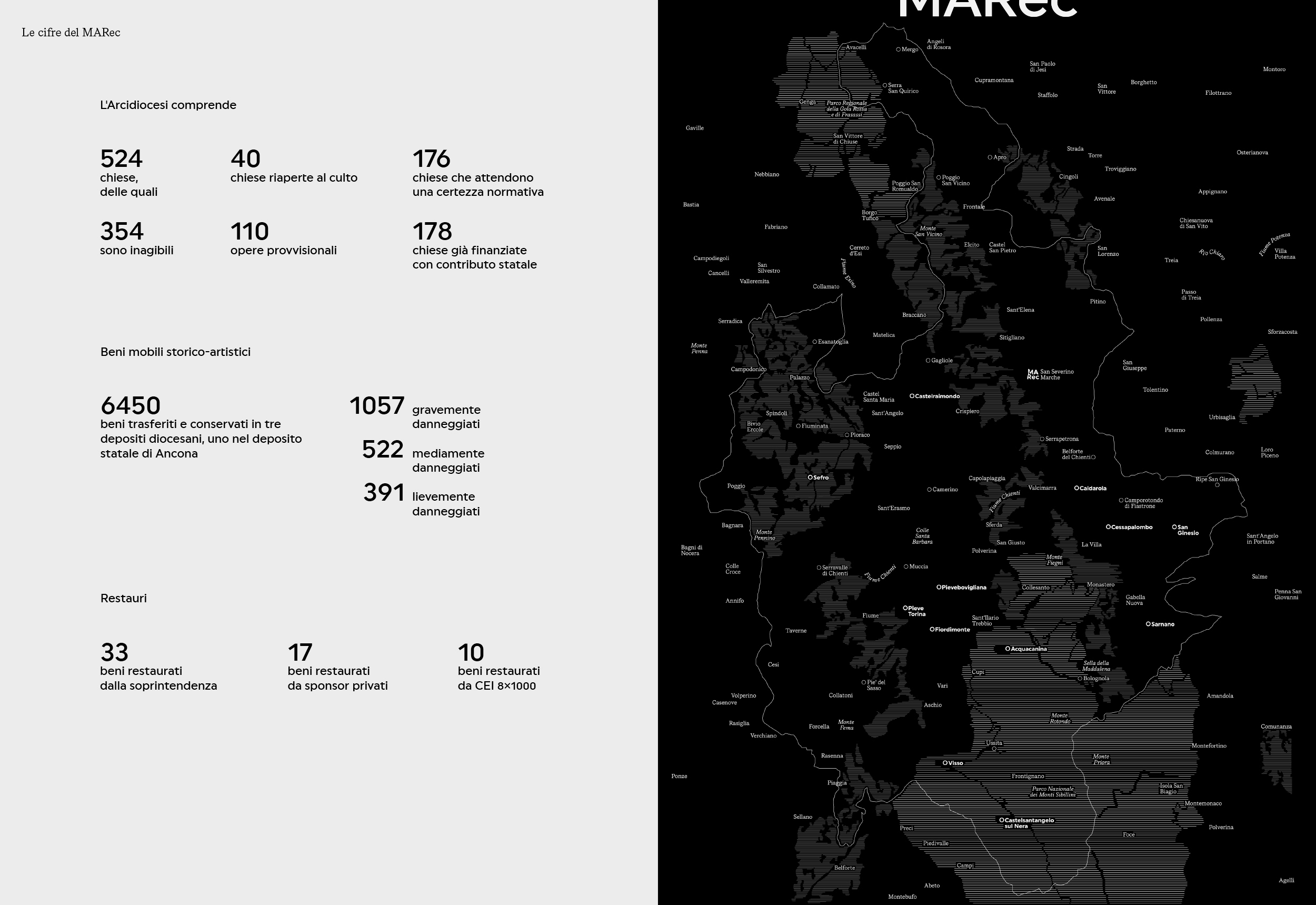
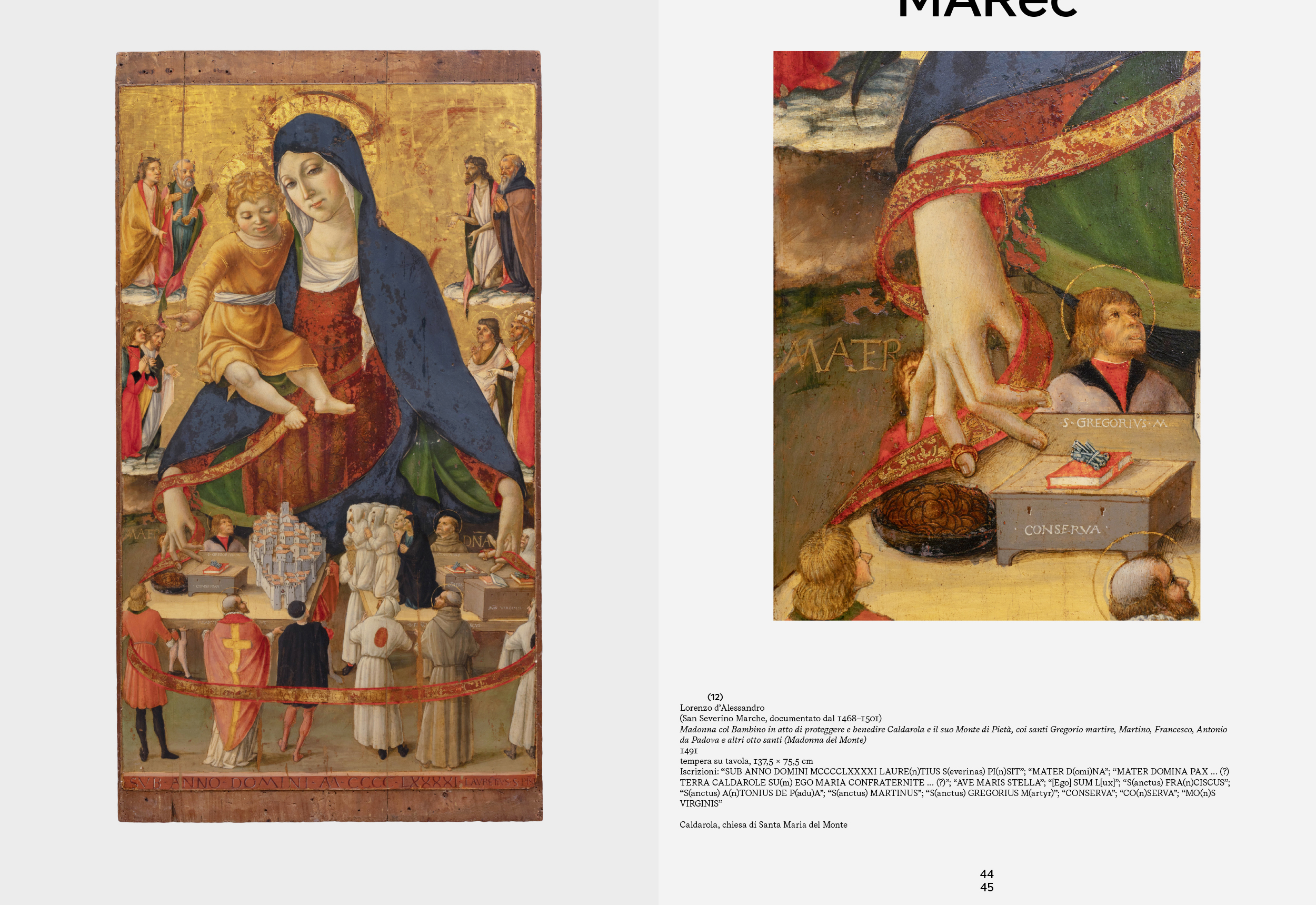
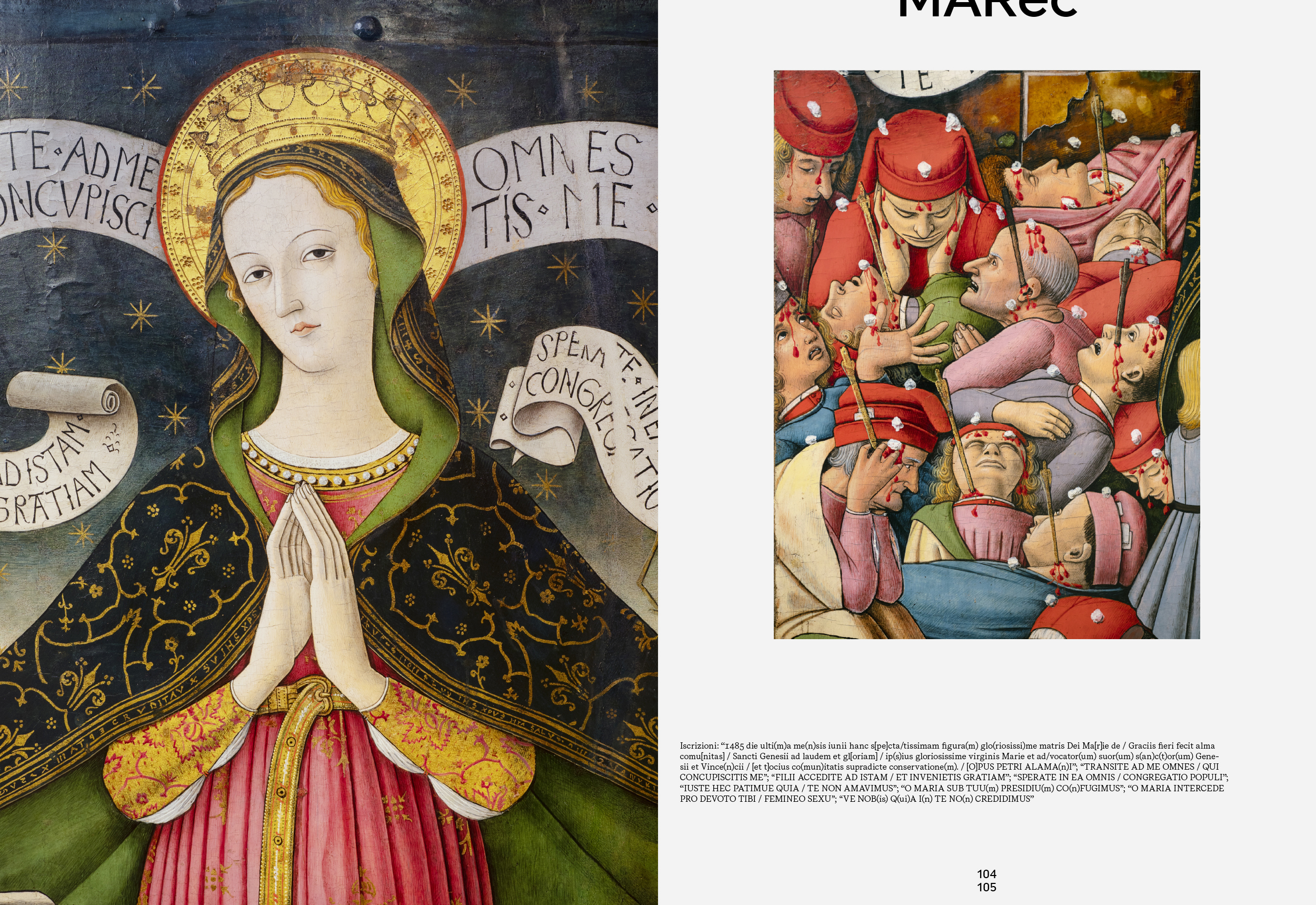



(ITA) “ Il volume sintetizza con immagini altamente evocative il senso di questo Museo, cioè quell’anelito di Rinascita che passa anche dal recupero delle opere d’arte, sorprendenti testimonianze dell’antica vivacità, anche economica, dei luoghi che oggi, soprattutto dopo le ferite del sisma, ad una superficiale lettura, ci apparirebbero un po’ emarginati rispetto allo sviluppo che, nelle terre marchigiane, sembra essere avvenuto solo nelle località costiere”.
(ENG) ”The volume captures, through highly evocative images, the essence of this Museum, which is the aspiration for rebirth that also stems from the recovery of artworks, remarkable testimonies of the ancient vitality, including the economic aspect, of the places that today, especially after the wounds of the earthquake, might superficially appear somewhat marginalized compared to the development that, in the Marche region, seems to have occurred primarily in coastal areas”.
Arcivescovo Francesco Massara
Diocese of Camerino and S.Severino Marche
Diocese of Camerino and S.Severino Marche

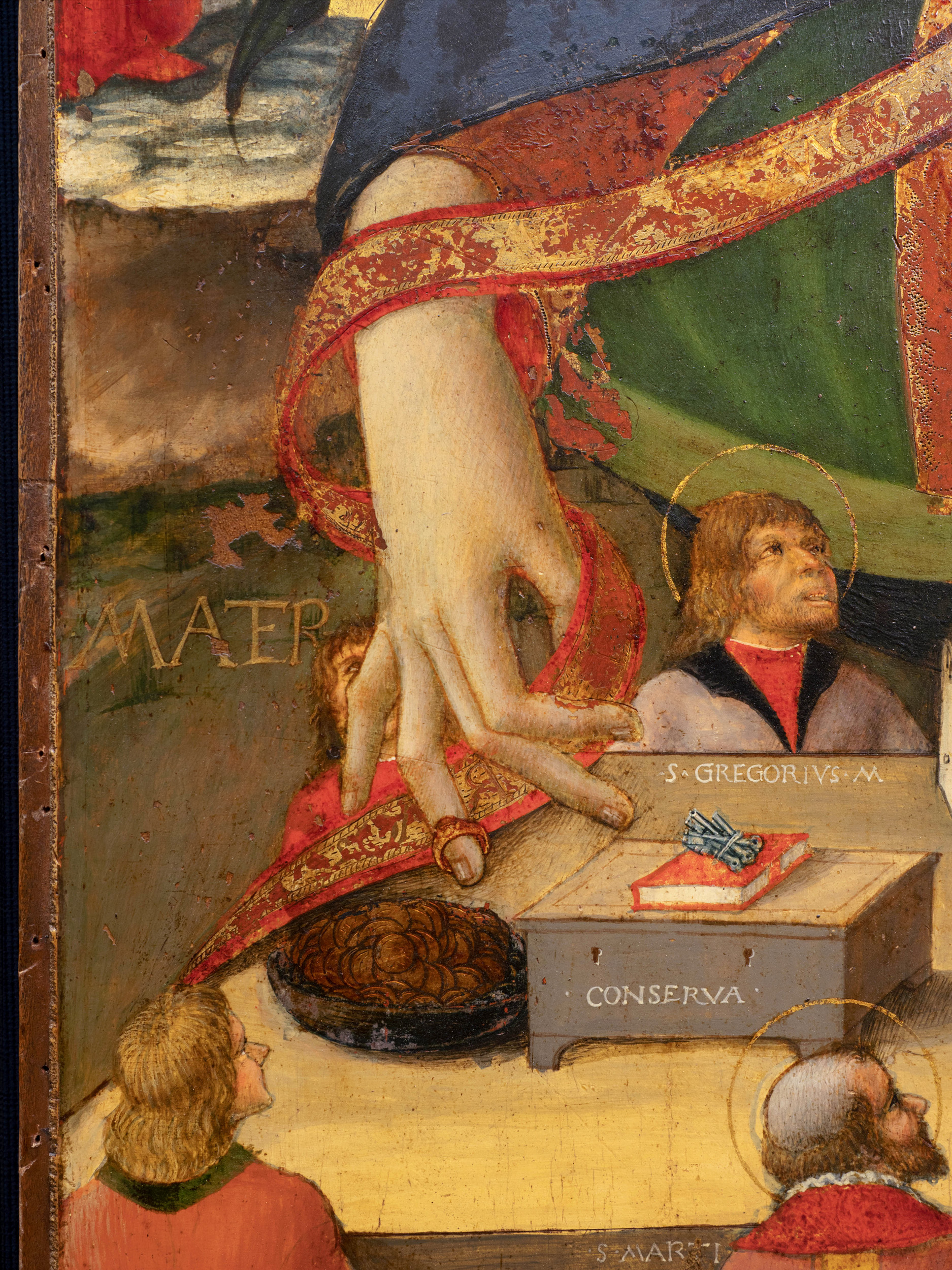
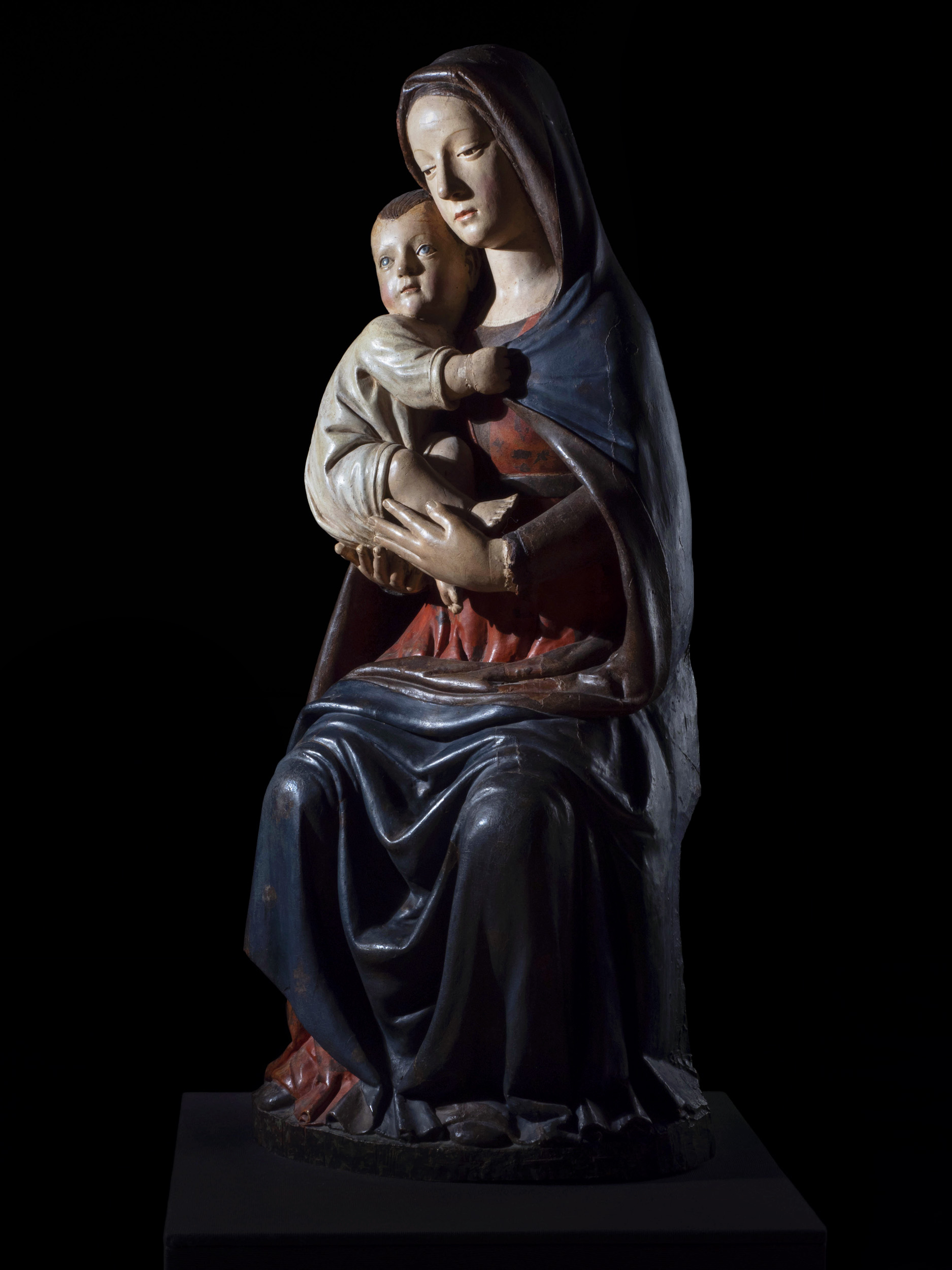

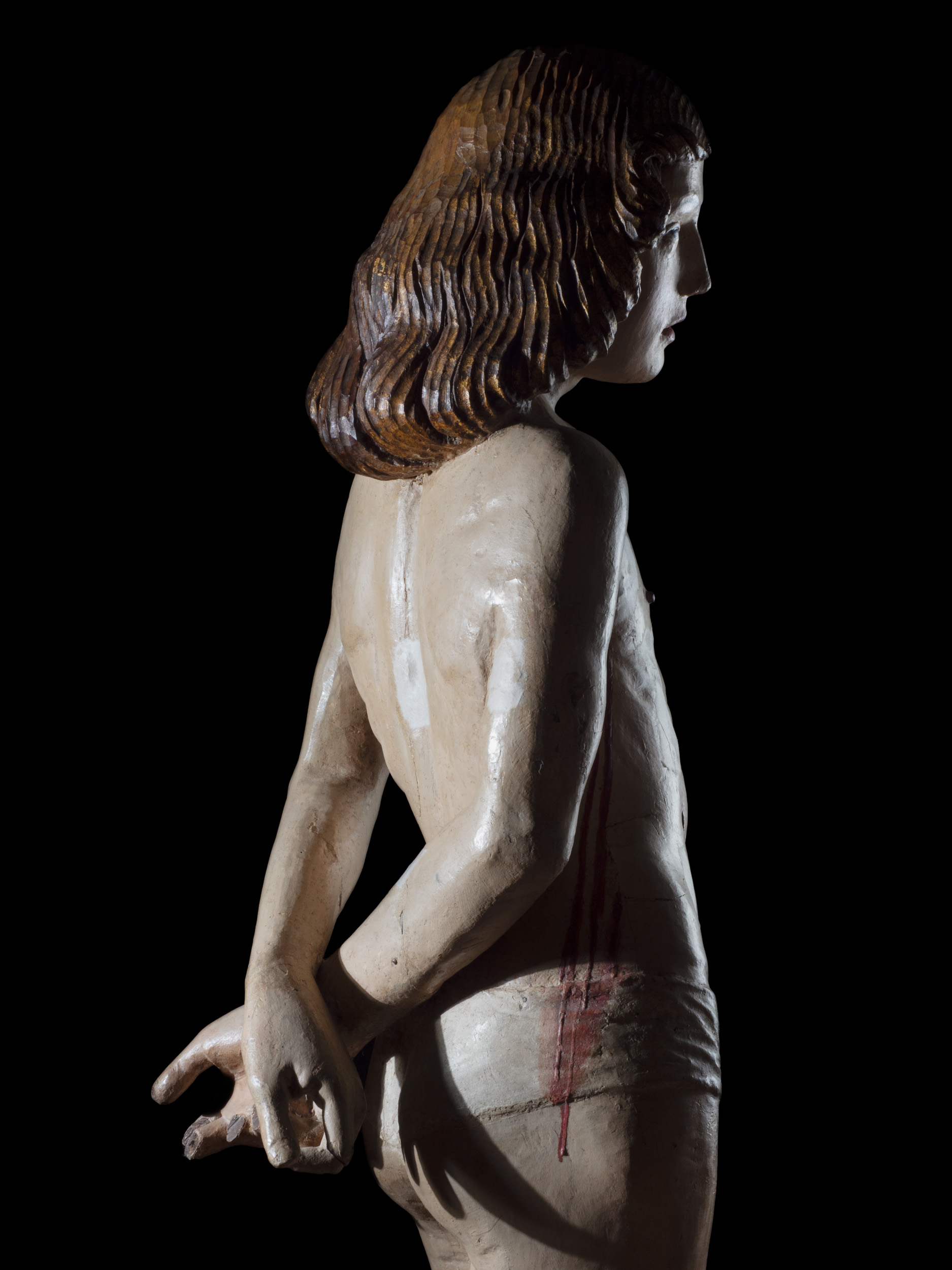


Artworks from the MARec Collection
Photographs by Luca Santese
Photographs by Luca Santese
(ITA) Di fondamentale importanza è stata anche la realizzazione del documentario, a cui è stata dedicata una sala del museo. Il film offre un’occasione di riflessione intorno al senso dei luoghi di questo territorio, così fortemente colpito dal sisma del 2016. La narrazione, suggestiva ed evocativa, è un intreccio di immagini e parole che rivela territori riscoperti come un luogo, anche spirituale, assai più vasto delle località a cui si riferiscono: essi sono spazi in cui si sono avvicendate e sedimentate vite, storie, esperienze secolari, diverse visioni del mondo.
(ENG) Of fundamental importance was also the creation of the documentary, which flows continuously within a museum room. The film provides an opportunity for reflection on the meaning of the places in this territory, so profoundly affected by the 2016 earthquake. The narrative, evocative and suggestive, weaves together images and words that reveal rediscovered territories as a place, even spiritual, much broader than the locations they refer to: they are spaces where lives, stories, centuries-old experiences, and different worldviews have unfolded and sedimented.
Barbara Mastrocola
Museum Director
Museum Director
L’inizio è ancora.
2022, Documentario scritto e diretto da Luca Santese e Nicola Patruno
Voce narrante di Francesco Migliaccio
(ITA) Il MARec non costituisce quindi solo un luogo di esposizione di una raccolta di opere di eccezionale valore, sia singolarmente sia nelle relazioni che il percorso espositivo delinea. Esso è a tutti gli effetti uno spazio di “cura” dei beni culturali danneggiati, essendo presente anche un laboratorio di restauro, e un luogo di “restituzione” di valori, identità e fiducia alle comunità dei territori colpiti dal sisma.
(ENG) MARec is not just a place for the exhibition of a collection of exceptionally valuable works, both individually and in the relationships that the exhibition path outlines. It is, in every respect, a space for the "care" of damaged cultural assets, as it also houses a restoration laboratory, and a place for the "return" of values, identity, and trust to the communities in the earthquake-affected areas.
Arch. Giovanni Issini
Soprintendente archeologia,
belle arti e paesaggio per le province
di Ascoli Piceno, Fermo e Macerata
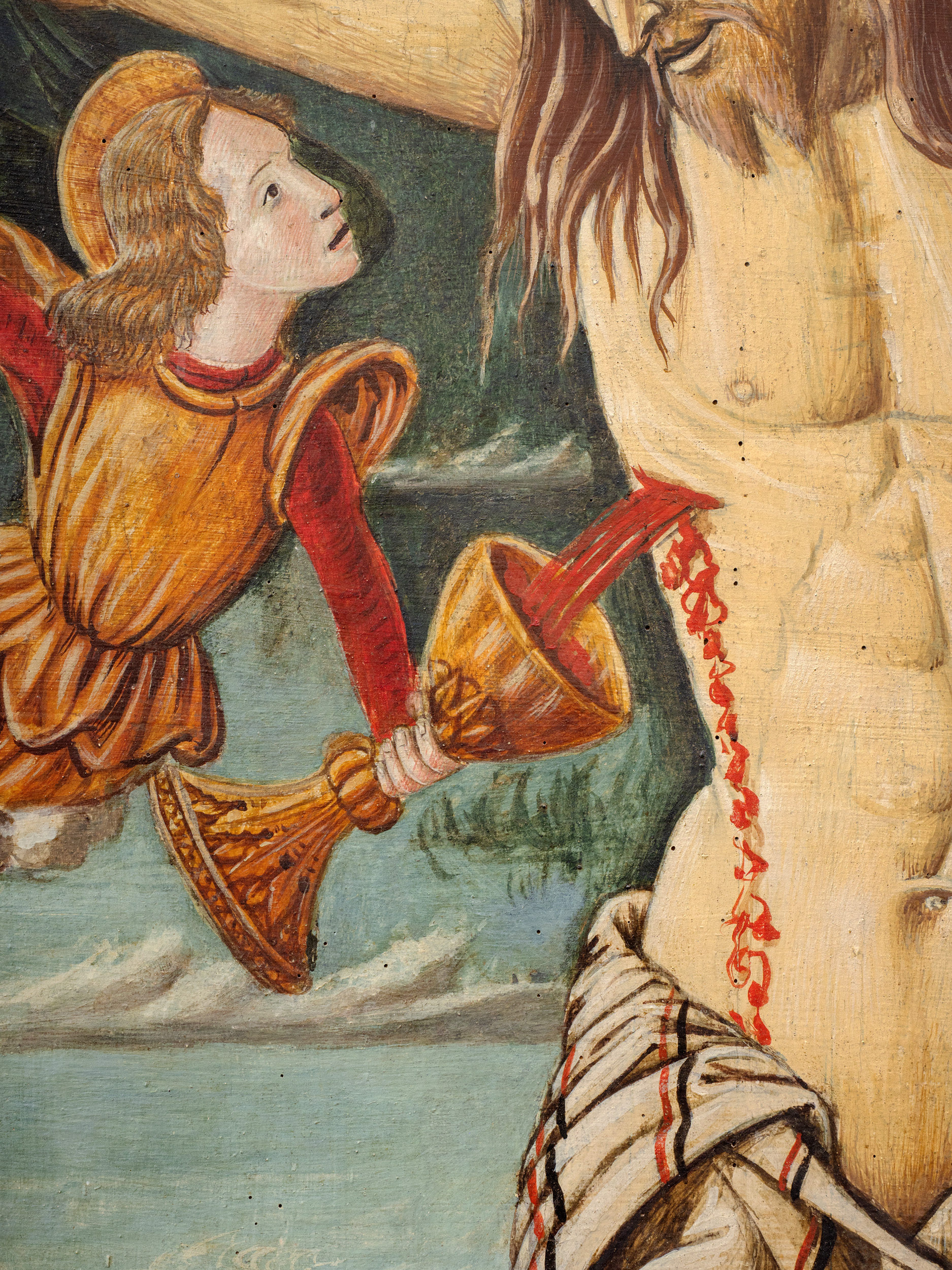




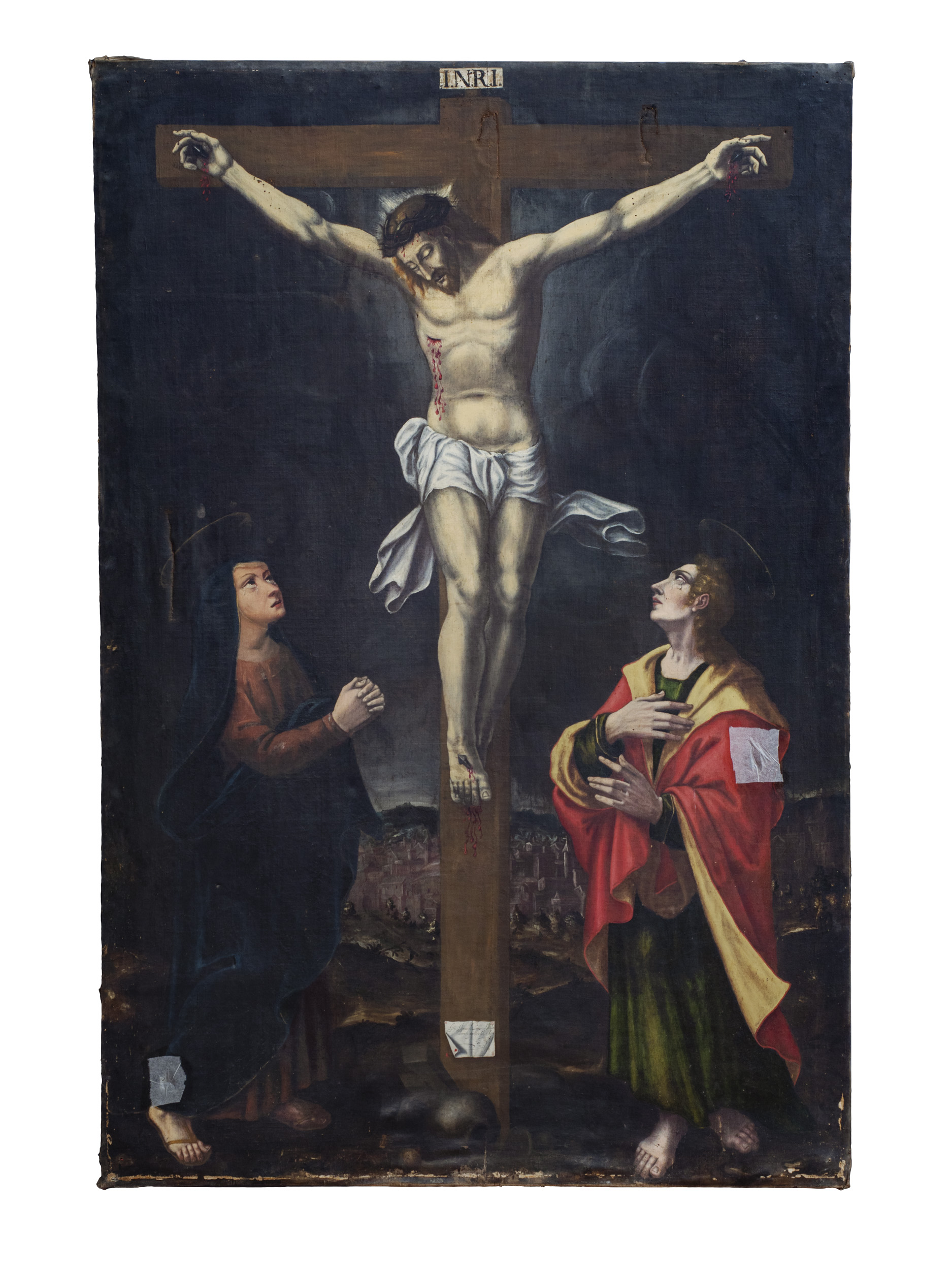
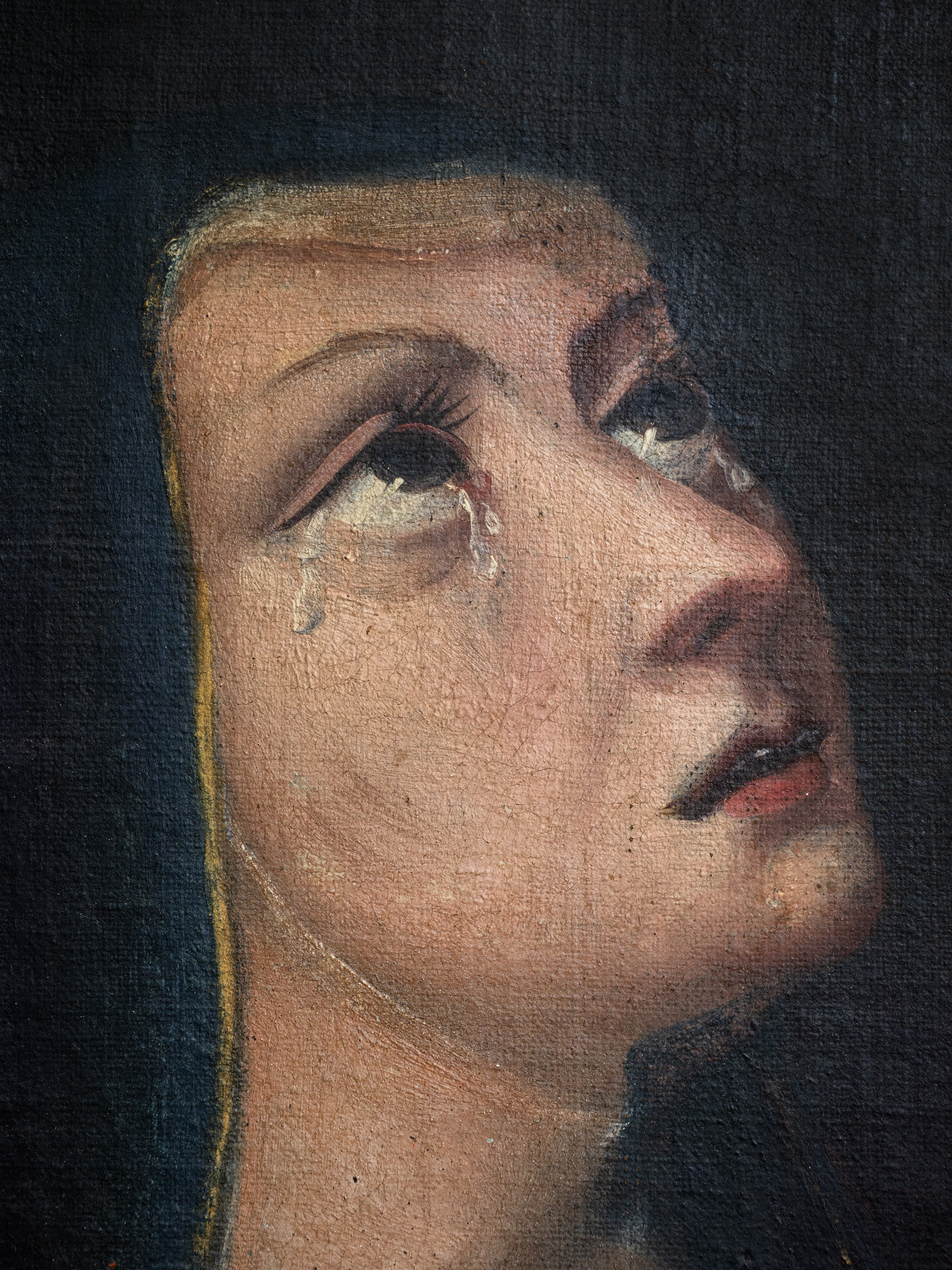
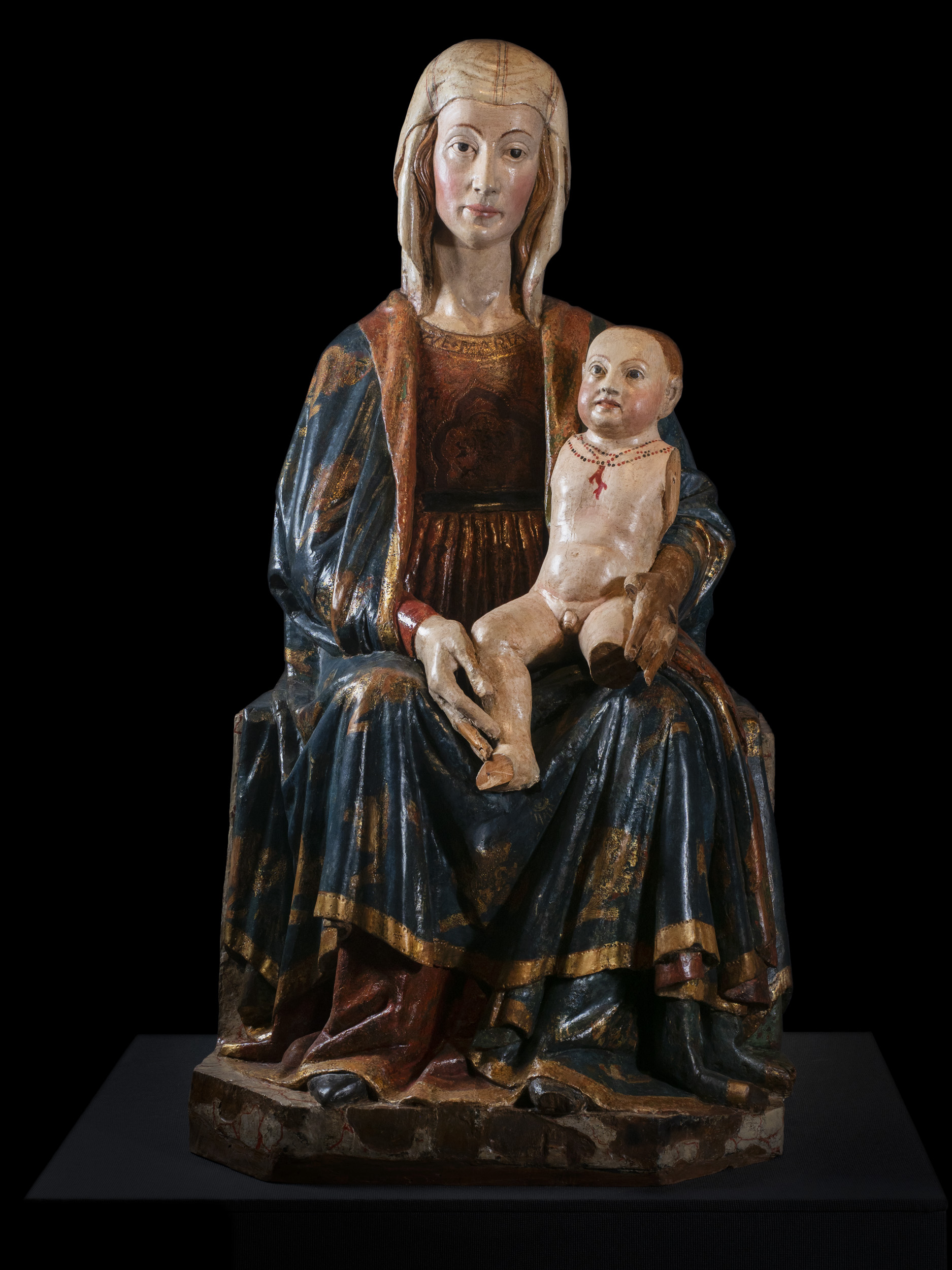
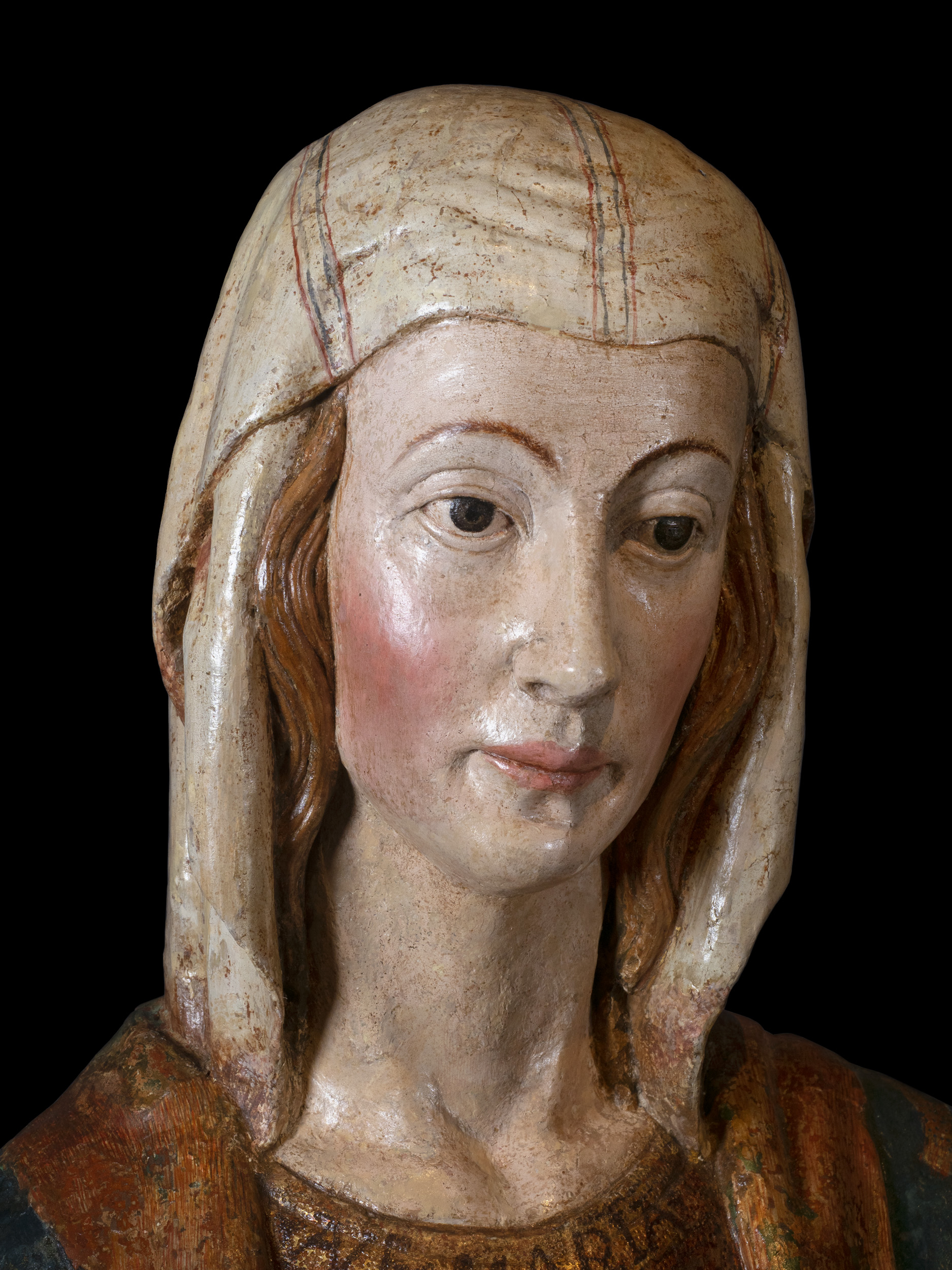

Artworks from the MARec Collection
Photographs by Luca Santese
Photographs by Luca Santese
Il catalogo è a cura di Barbara Mastrocola
In collaborazione con Nicola Patruno e Luca Santese
Fotografie di Luca Santese
Testi e didascalie a cura di Matteo Mazzalupi
Design di Giulia Fumagalli
The catalog is curated by Barbara Mastrocola
In collaboration with Nicola Patruno and Luca Santese
All photographs by Luca Santese
Texts and captions curated by Matteo Mazzalupi
Design by Giulia Fumagalli
XNL Piacenza Perimetro
100 Campaign
(IT) Campagna fotografica commissionata da Perimetro per la fondazione XNL Piacenza. 100 ritratti autoriali di cittadini Piacentini.
Nella galleria al secondo piano della Fondazione XNL, è allestita Perimetro Piacenza, la mostra fotografica che racconta il lungo lavoro collettivo dedicato alla rappresentazione della città svolto nei mesi scorsi con le sue comunità artistiche. Perimetro Piacenza è il titolo di un ritratto corale della città realizzato in collaborazione con la rivista Perimetro – Community Magazine fondato a Milano nel 2018 – e la partecipazione di Cesura e il suo co-fondatore Luca Santese, che attraverso workshop e campagne fotografiche ha portato alla luce un paesaggio urbano fatto di volti e luoghi inediti.
Nato dalla volontà di XNL Piacenza di raccontare la città attraverso metodologie e attitudini sviluppate da Perimetro, il progetto ha raccolto le voci e i differenti punti di vista che compongono Piacenza, restituendo una narrazione collettiva, capace di esprimere i contrasti, i luoghi, i personaggi, tutto ciò che contribuisce a dare il volto alla città.
XNL Piacenza
Perimetro


(EN) Photo campaign commissioned by Perimetro for the XNL Foundation in Piacenza. 100 authorial portraits of Piacenza citizens.
In the gallery on the second floor of the institution, Perimetro Piacenza hosts the photographic exhibition that tells the extensive collective work dedicated to representing the city carried out in recent months with its artistic communities. "Perimetro Piacenza" is the title of a collective portrait of the city created in collaboration with the magazine "Perimetro - Community Magazine," founded in Milan in 2018, and with the participation of Cesura and its co-founder, Luca Santese, who, through workshops and photo campaigns, have brought to light an urban landscape composed of unfamiliar faces and unexplored places.
Born from the desire of XNL Piacenza to narrate the city through methodologies and attitudes developed by Perimetro, the project has gathered the voices and different viewpoints that make up Piacenza, providing a collective narrative capable of expressing the contrasts, the places, the characters, and everything that contributes to giving the city its identity.

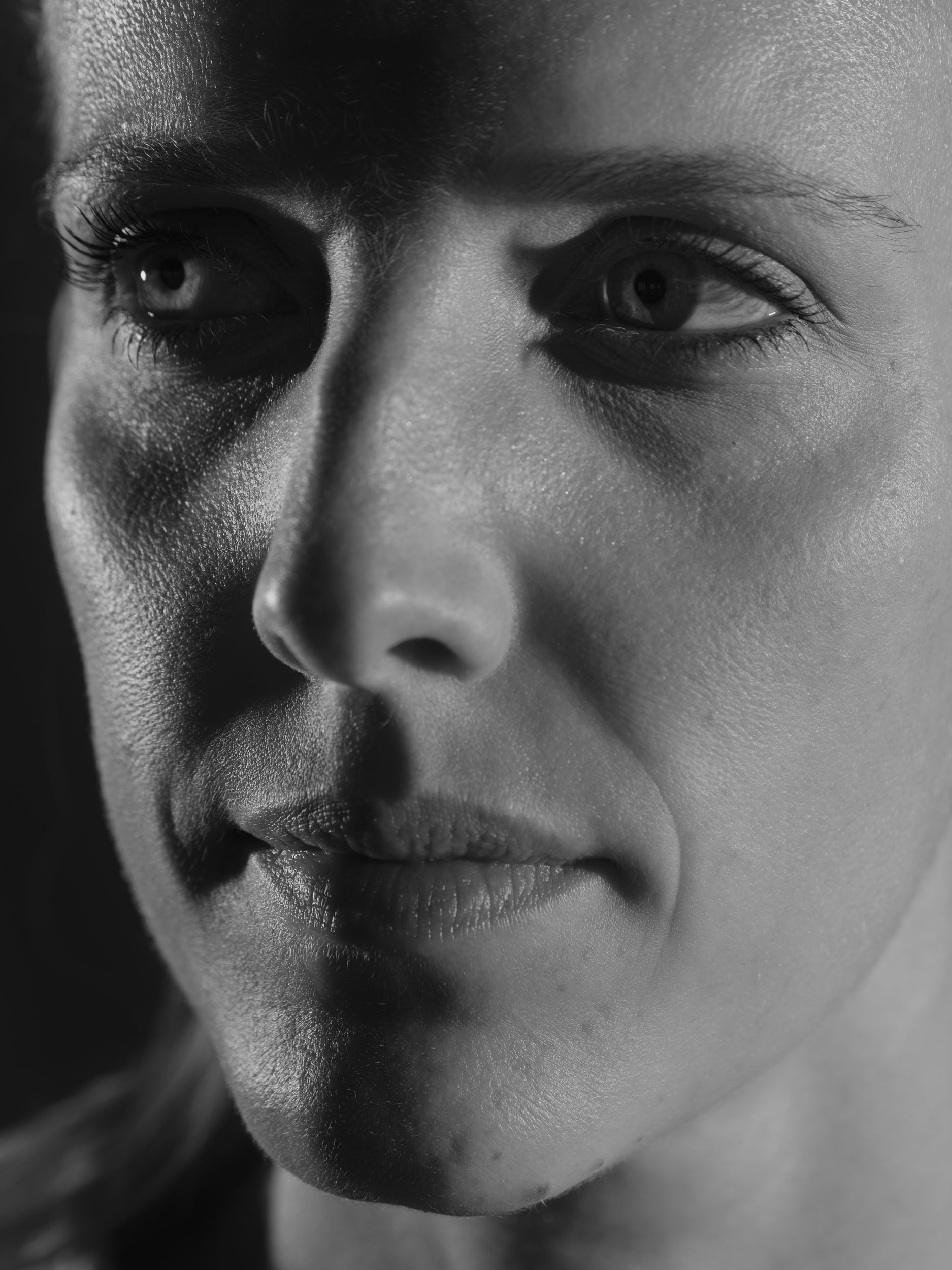

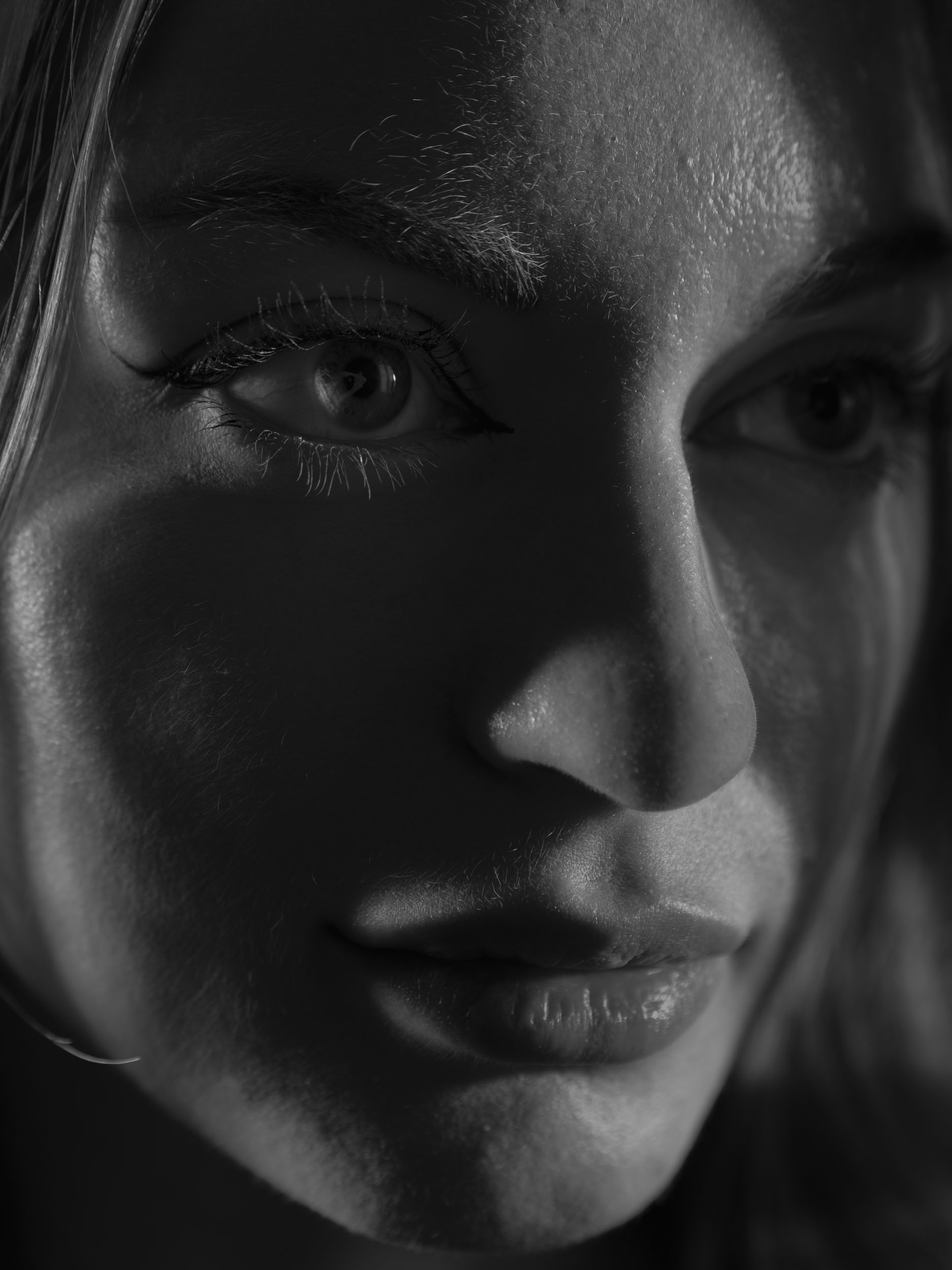


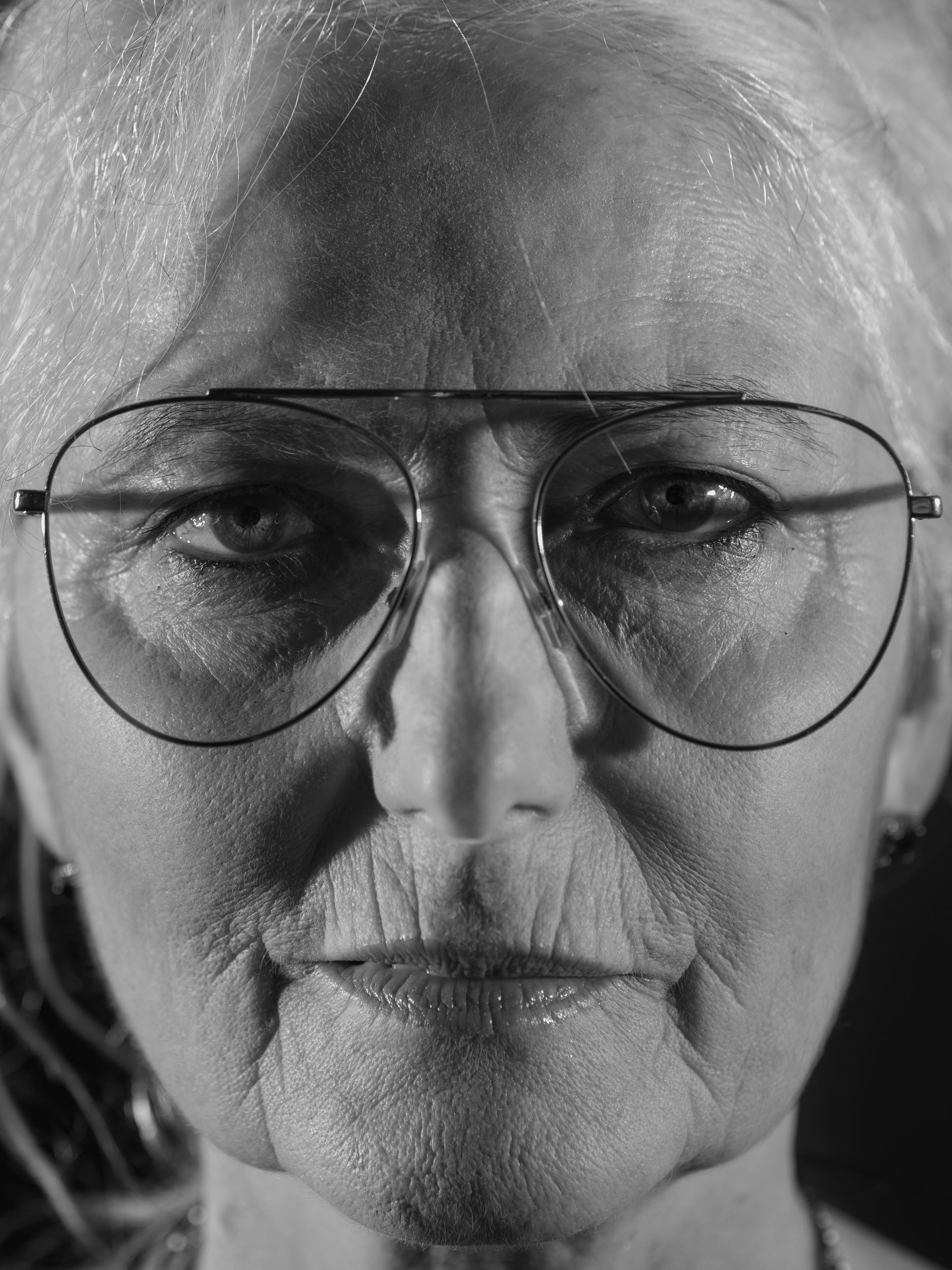
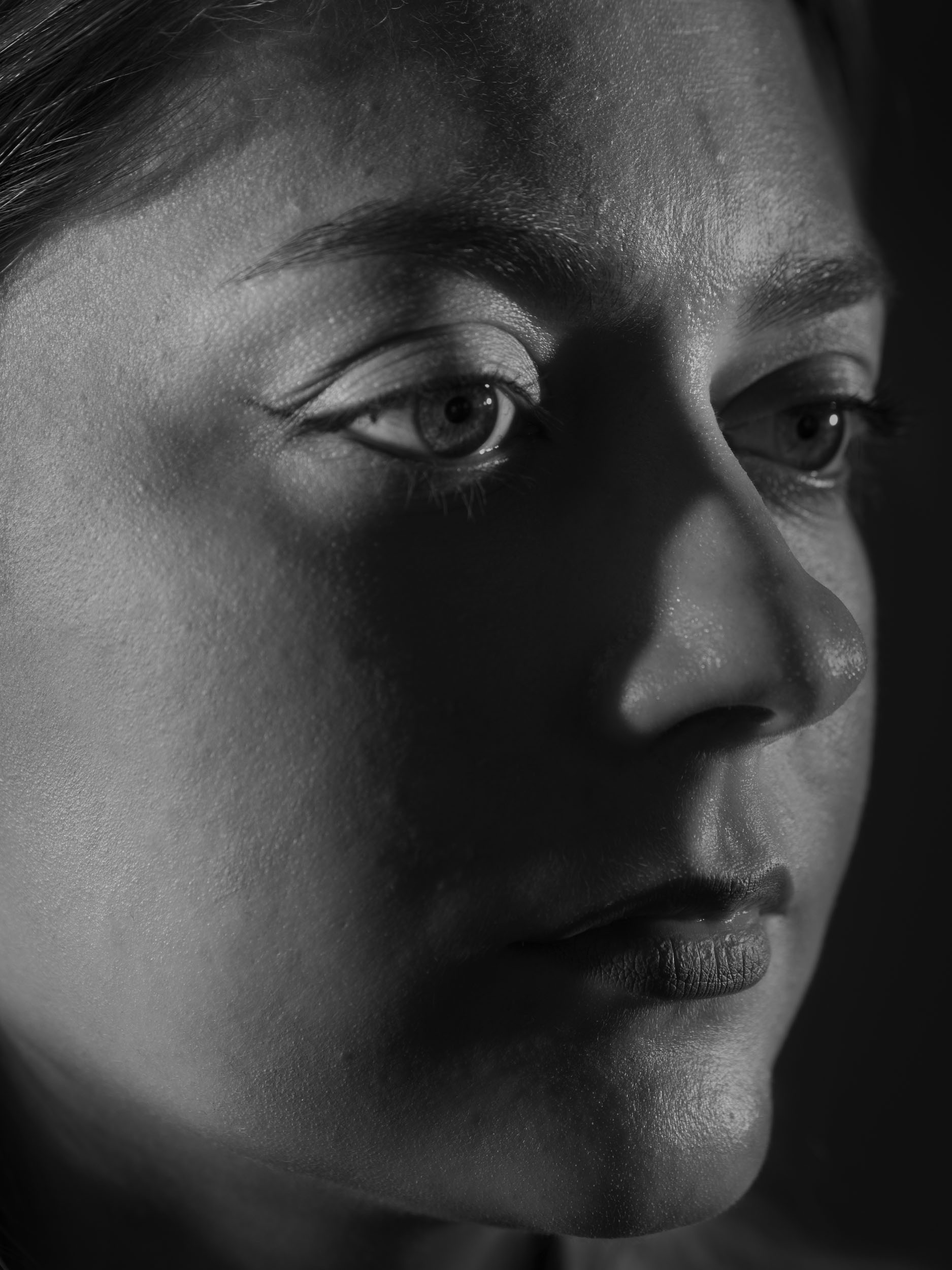
(ITA) La mostra rispecchia in tre sezioni le tre fasi del lavoro di raccolta delle storie. La prima è la Campagna dei 100 di Piacenza scattata da Luca Santese ed esposta integralmente, che costituisce il cuore dell’esposizione: cento ritratti in grande formato che accolgono il visitatore, e sono altrettanti sguardi sulla città e storie da raccontare.
(ENG) The exhibition reflects, in three sections, the three phases of the story collection work. The first section features the "Piacenza's 100 Campaign" photographed by Luca Santese and displayed in its entirety, forming the core of the exhibition: one hundred large-format portraits that welcome the visitor, each offering a different perspective on the city and stories to be told.

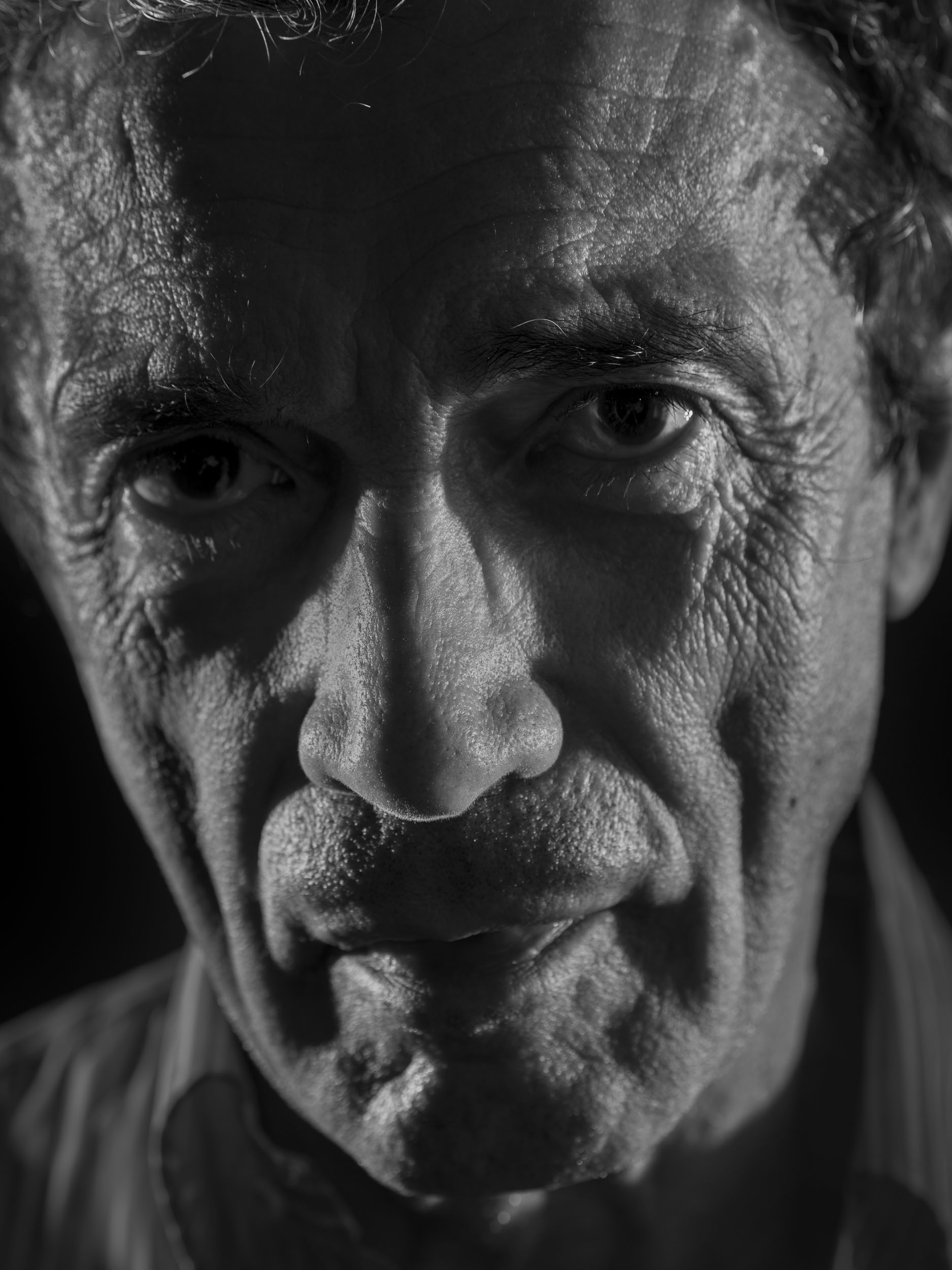









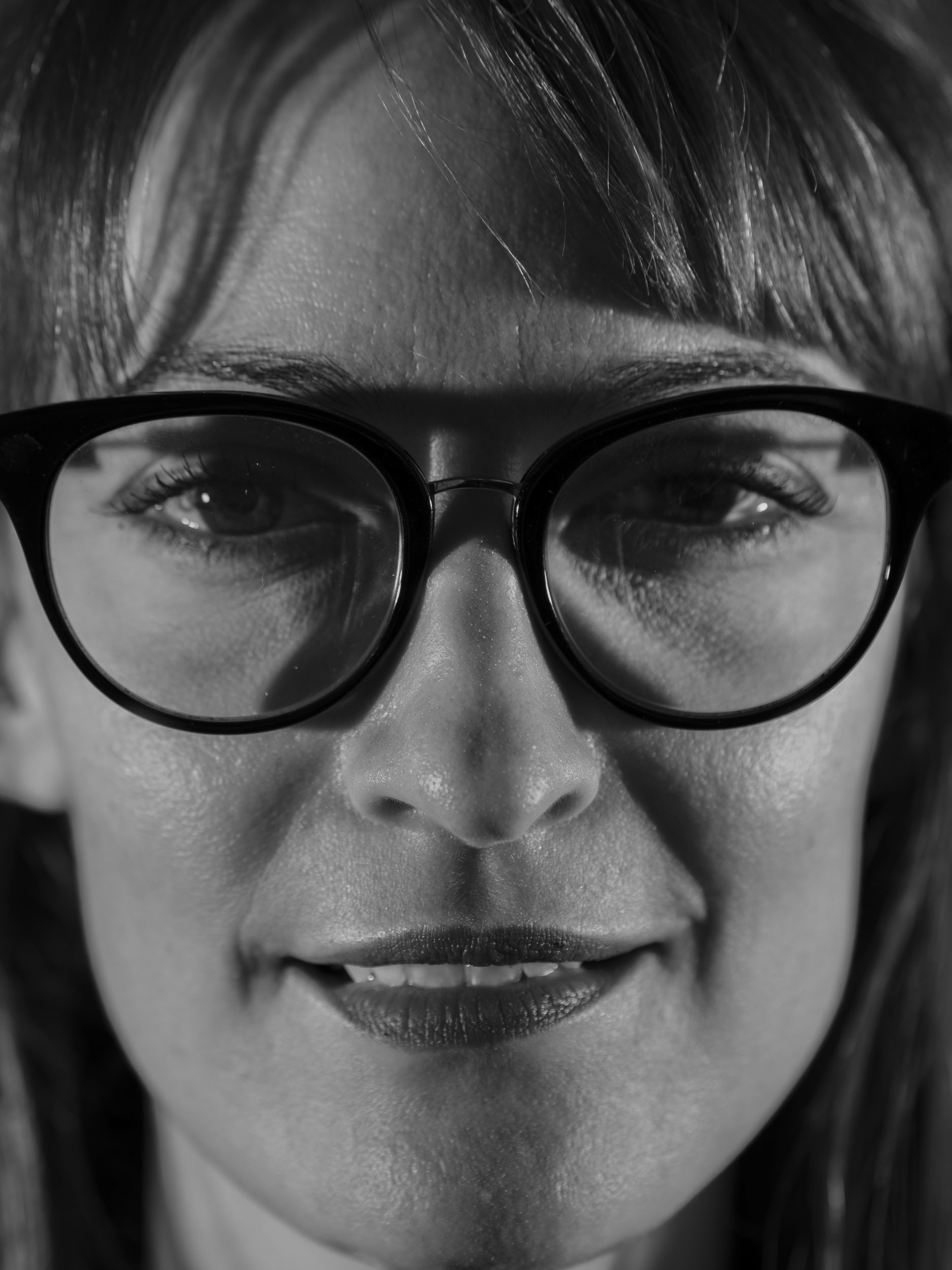
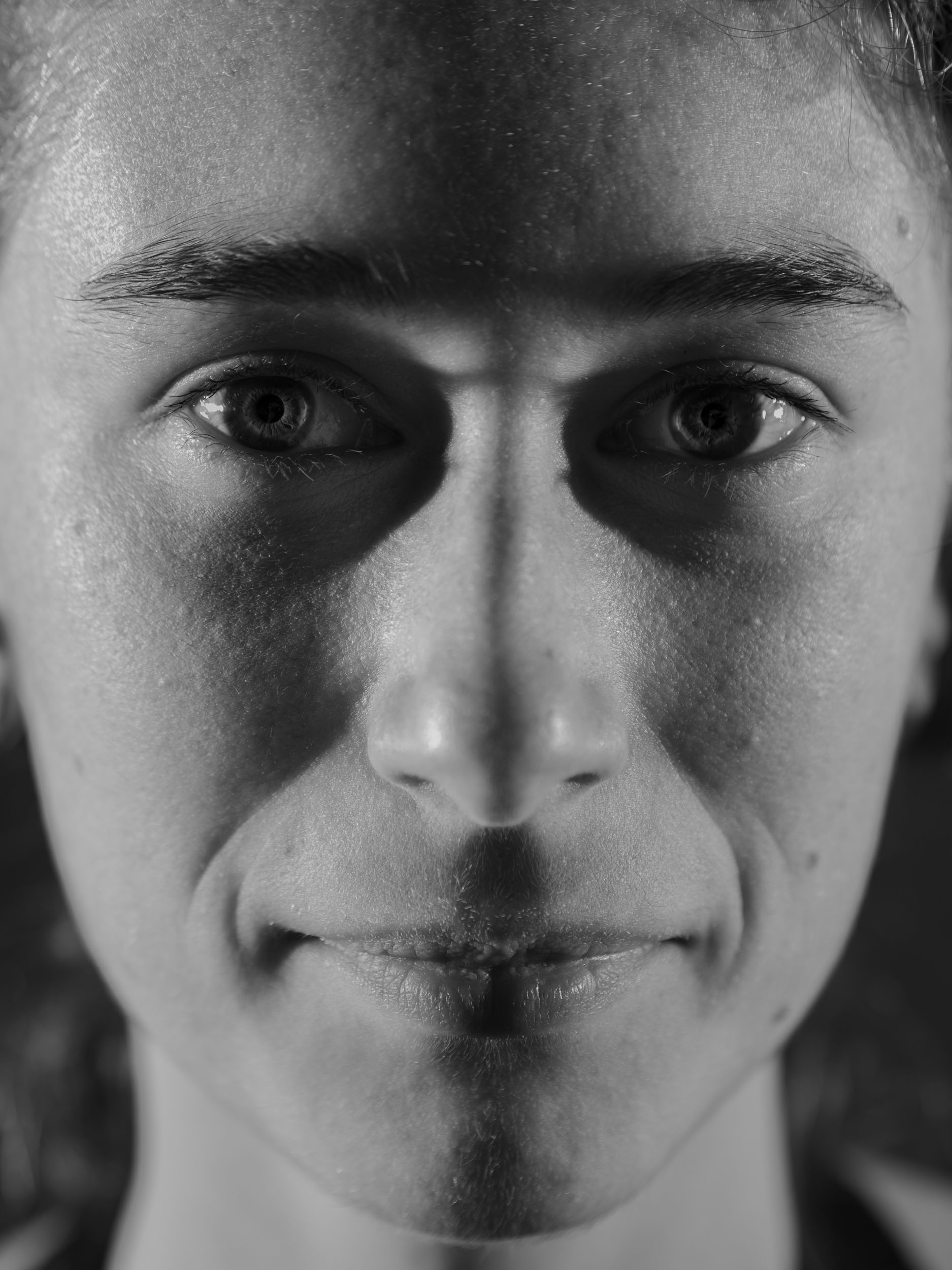



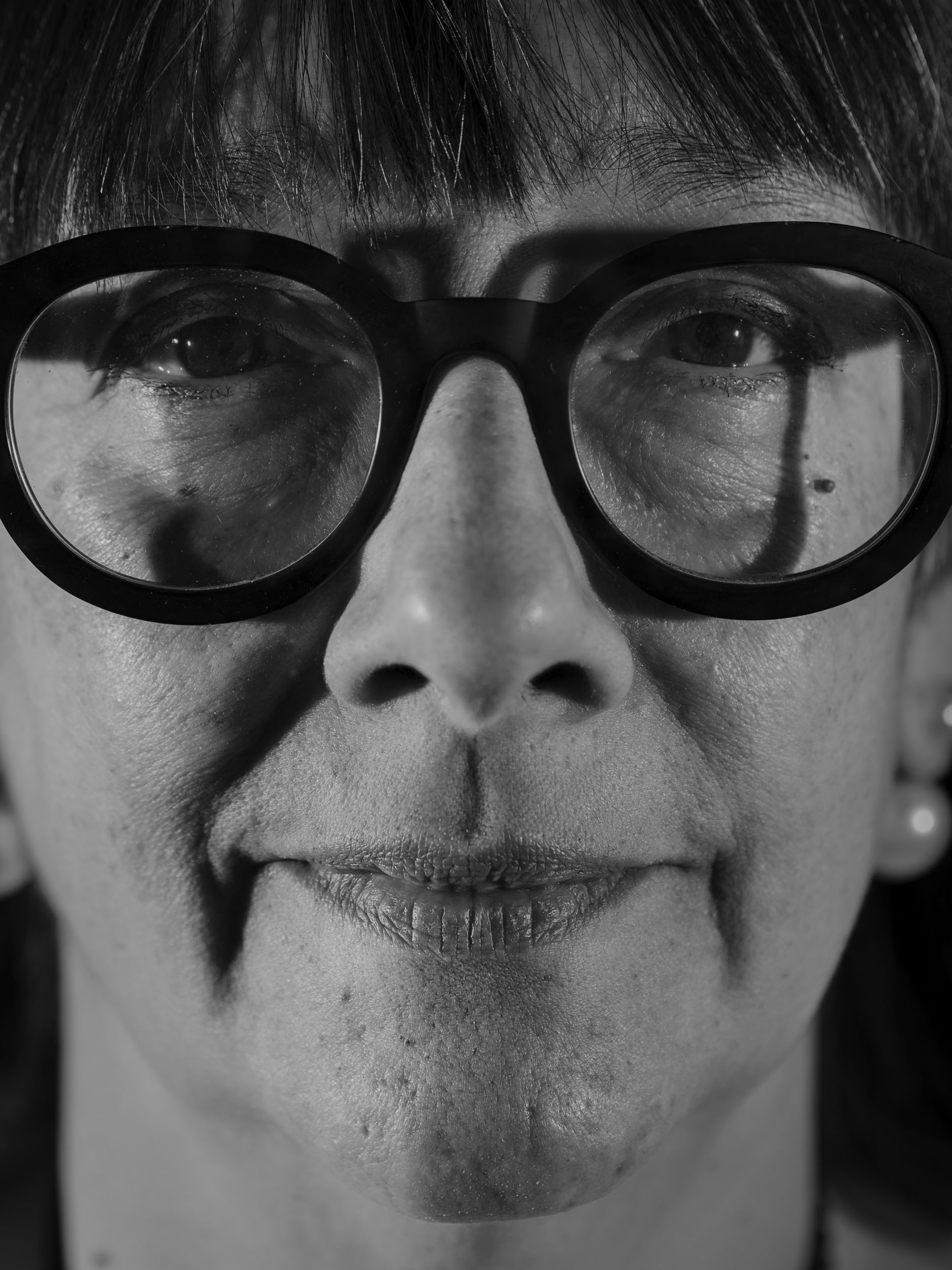
(ITA)La seconda sezione è uno spazio dedicato ai progetti scelti attraverso una open call per essere pubblicati sul numero speciale della rivista Perimetro Piacenza: i lavori di Nicola Braga, Chiara Bussandri, Sergio Ferri, Andres Emiliano Maloberti, Alice Morelli, Nicola Roda e Alessandro Varacca. I temi sviluppati nel numero sono anche questa volta di varia natura e spaziano dalla sacralità della fede calcistica, vissuta sugli spalti dagli ultrà del Piacenza, attraverso il racconto di Nicola Braga, al quartiere della Farnesiana descritto con una serie di ritratti ambientanti in bianco e nero da Sergio Ferri.
(ENG)The second section is dedicated to the projects selected through an open call to be published in the special issue of Perimetro Piacenza magazine. These works include those by Nicola Braga, Chiara Bussandri, Sergio Ferri, Andres Emiliano Maloberti, Alice Morelli, Nicola Roda, and Alessandro Varacca. The themes explored in this issue are diverse, ranging from the sacredness of football devotion, as experienced by the Piacenza ultras in the stands, as depicted by Nicola Braga, to the Farnesiana neighborhood described through a series of black and white portraits by Sergio Ferri.

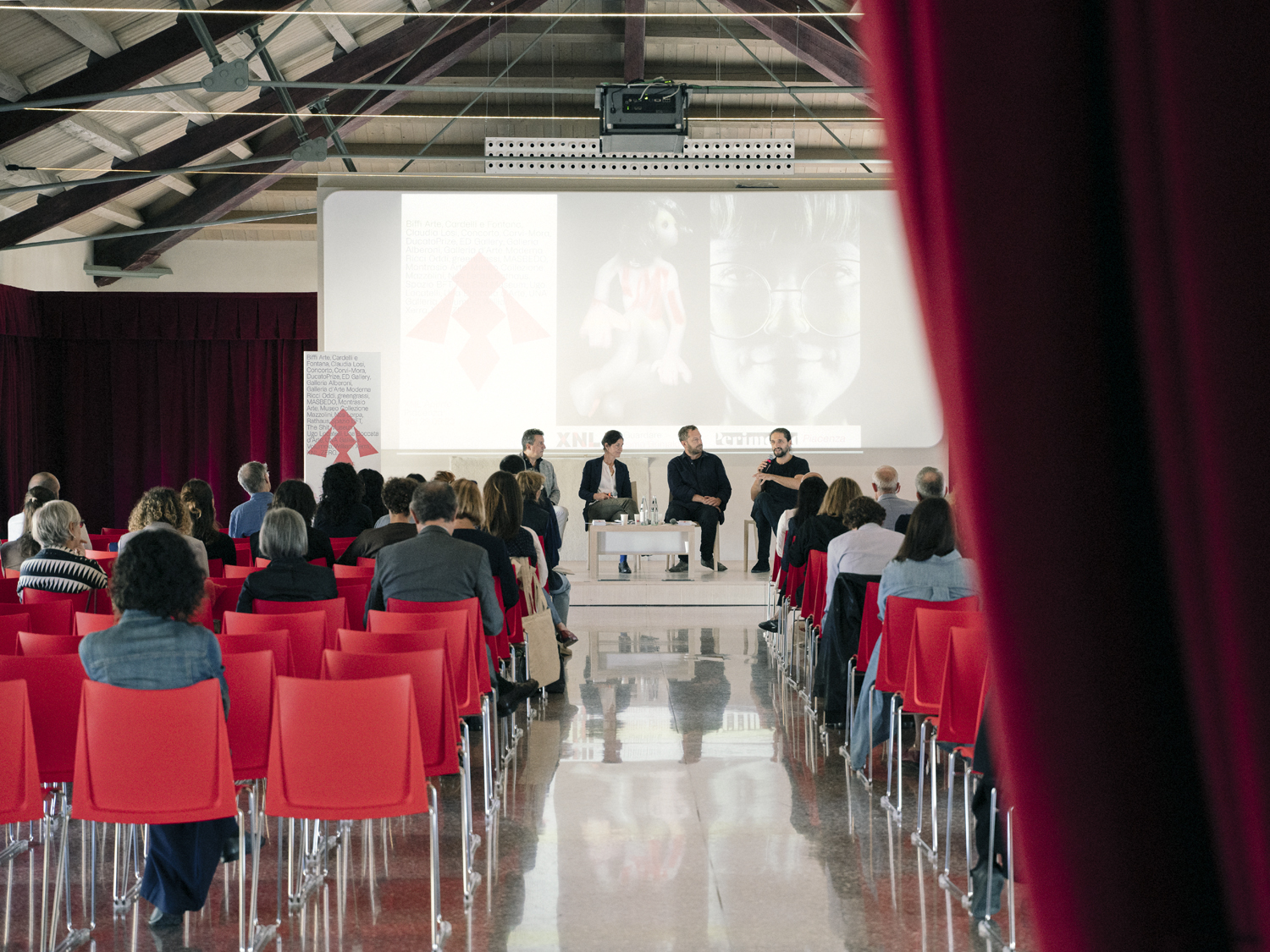



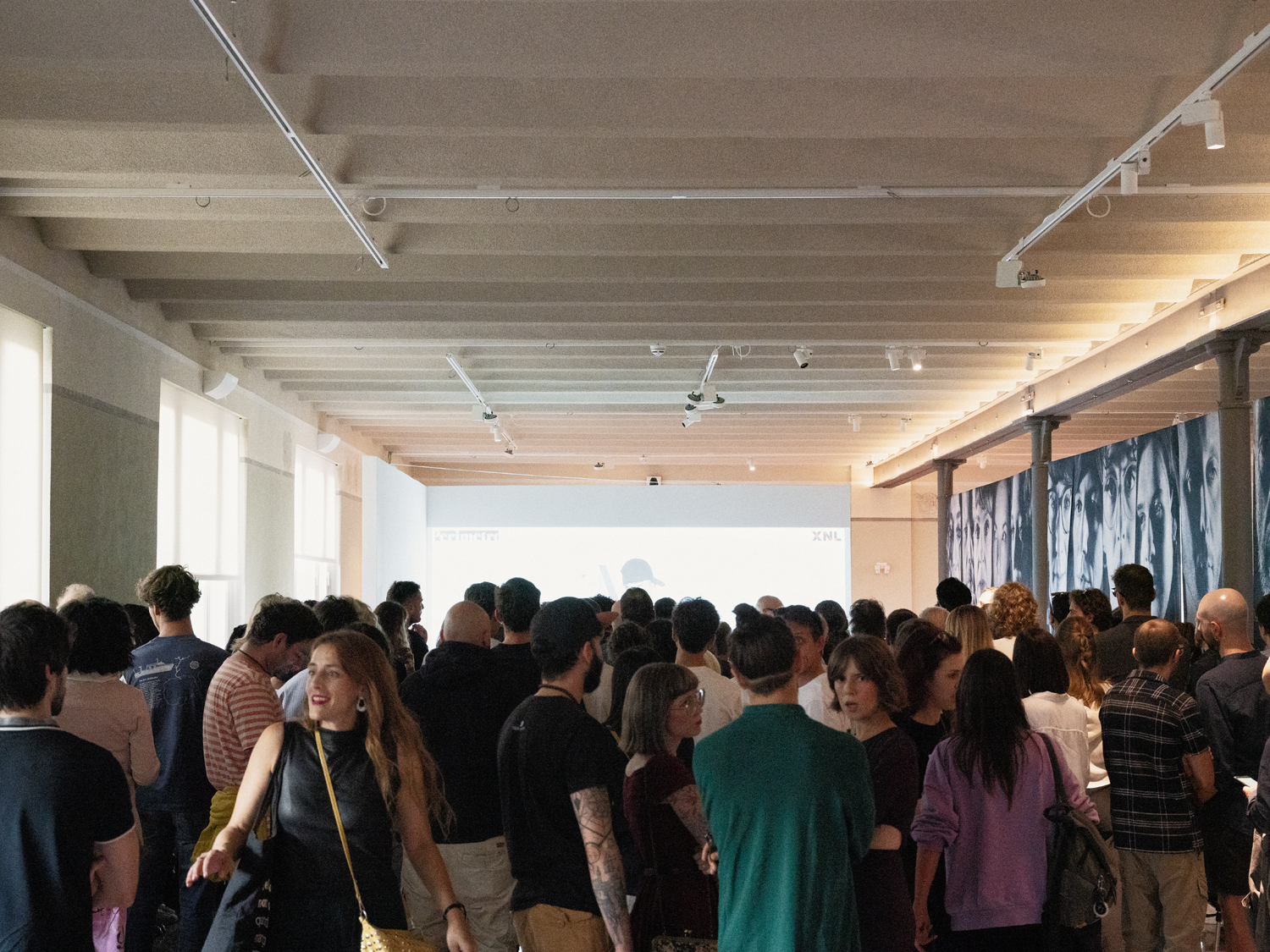
Opening and Installation shots, Sept. 2023
Internazione Magazine
“Sipario“
Silvio Berlusconi Issue
Link to Internazionale Magazine
(ITA) È morto l’uomo che ha diviso e impoverito l’Italia. La sua eredità continuerà a pesare sul paese. L’articolo del New York Times. Foto di Luca Santese (Cesura)
16/22 giugno 2023 • Numero 1516
(ENG) The man who divided and impoverished Italy has passed away. His legacy will continue to weigh on the country. The New York Times article. Photo by Luca Santese (Cesura)
June 16/22, 2023 • Issue 1516


Sacra
Commisioned by Perimetro Magazine
Milan, lifeless, lays down,
on the ground of rationality
and its representation,
where space is the abode and time is magnitude.
But the world is solemn,
and looks powerfully upon itself.
Space is predator and prey,
time is absence.
Things become sacred
and confuse mortals.
Only children, poets, and madmen remain,
hazardous heroes of the Sacred:
those who the god
first summons to himself.





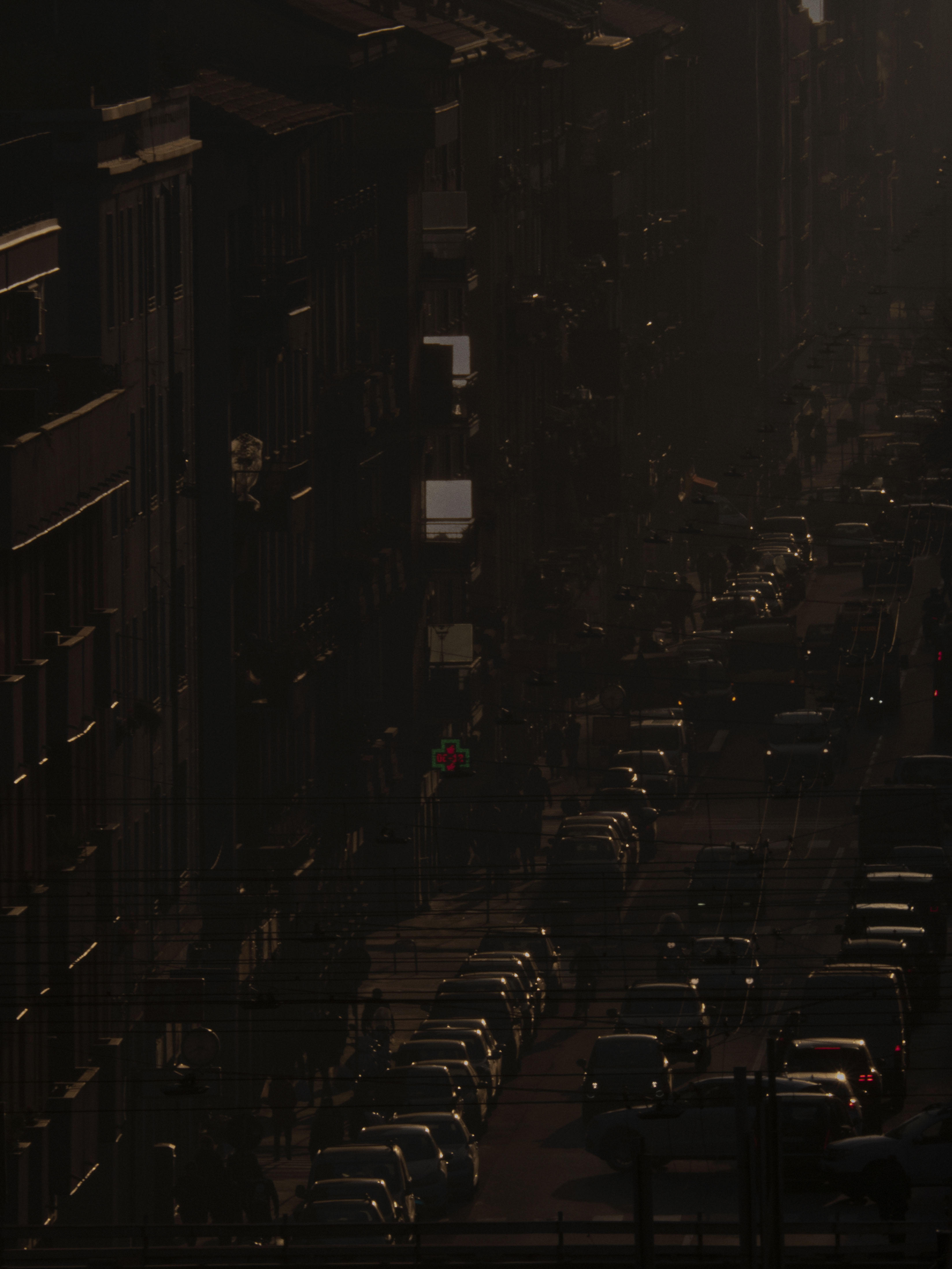

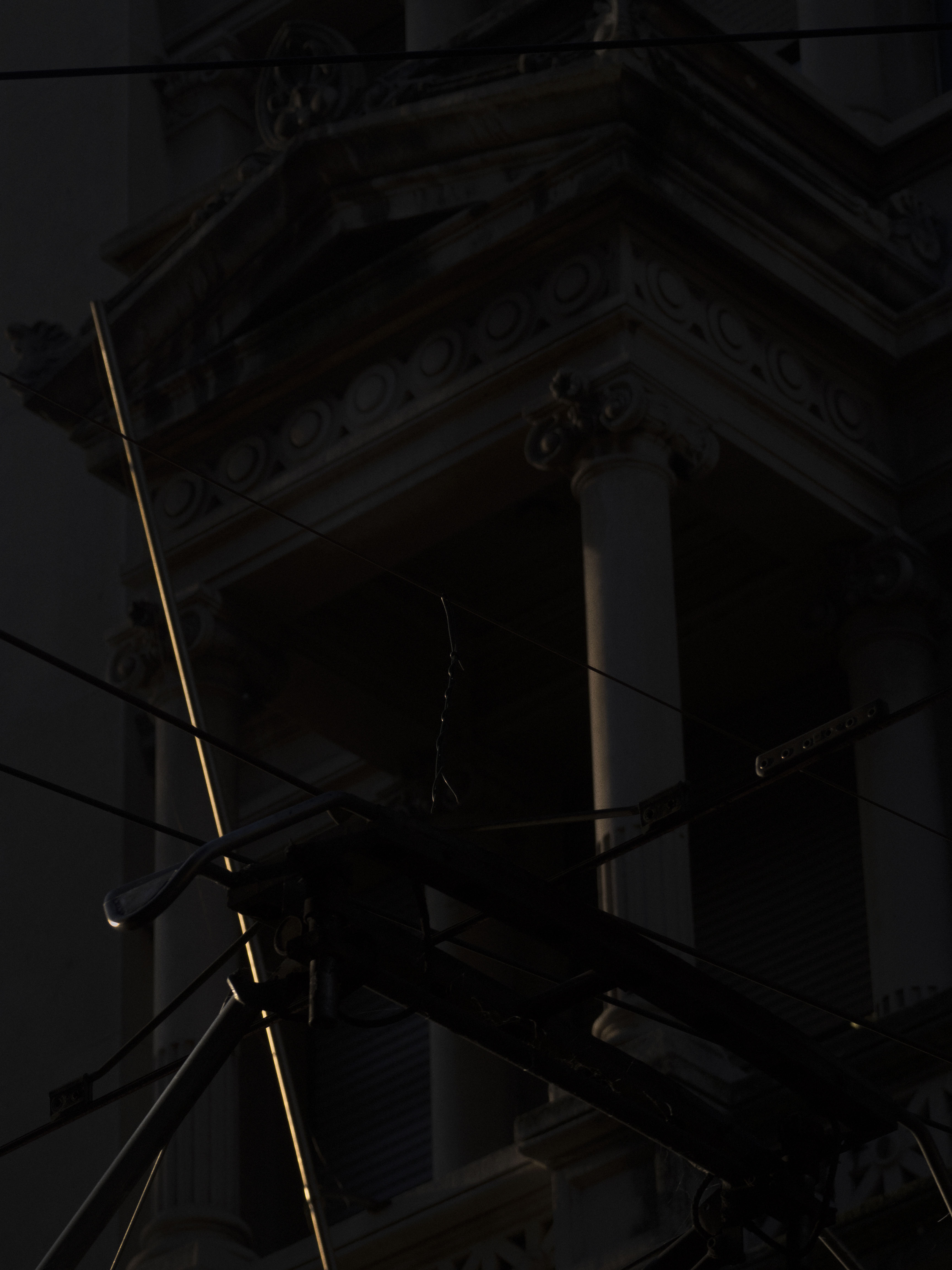



(ENG) Sacred is that which is separate. It is the power that humans perceive as superior, fear, and are simultaneously drawn to. Sacred is the confusion of codes, contamination between opposites, the undifferentiated, the impossible. The sacred is both good and evil, it is the time and space where things are no longer what they seem. Things reveal themselves as polyvalent, uninhabitable, unspeakable in our nightly theaters, dreams, enchantments, and soliloquies. Sacred is irrational, symbolic, it is unspeakable love, it is the childlike, poetic, mad, divine gaze.
Modernity, rationality, productivity, and technology relegate the sacred to the realm of the irrational, reducing it to something superfluous to be discarded as soon as possible. But the sacred dwells within us, and no matter how much we presume to ignore it, it will reappear in anxious and violent forms. These are our neuroses, the expiation of our pride in the face of the profound forces that dominate us.

(ITA) Sacro è ciò che è separato.È la potenza che gli uomini avvertono come superiore, che temono e da cui al contempo sono attratti. Sacro è confusione dei codici, contaminazione tra contrari, dell’indifferenziato, dell’impossibile. Il sacro è insieme bene e male, è il tempo e lo spazio dove le cose non sono più ciò che appaiono. Polivalenti, invivibili, indicibili le cose si mostrano nei nostri teatri notturni, sogni, incantamenti, soliloqui. Sacro è irrazionale, simbolico, è amore indicibile, è lo sguardo bambino, poetico, folle, divino.La modernità, la razionalità, la produttività, la tecnica relegano il sacro alla dimensione dell’irrazionale, riducendolo ad un superfluo di cui disfarsi il prima possibile. Ma il sacro ci abita e per quanto si possa presumere di ignorarlo, esso non tarderà a ripresentarsi in forme angosciose e violente. Ecco le nostre nevrosi, espiazione della nostra superbia nei confronti delle potenze profonde che ci dominano.Realizzando questa serie di immagini ho tentato di dare ascolto alla dimensione del sacro nella città di Milano, guardando alle cose con occhi devoti alla miracolosità del mondo. La serie sospende i codici con i quali quotidianamente intendiamo lo spazio, il tempo, un oggetto, un volto. Ho tentato di dimenticare, almeno per un istante, l’ovvio che tutti noi inesorabilmente unisce.